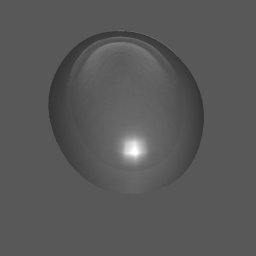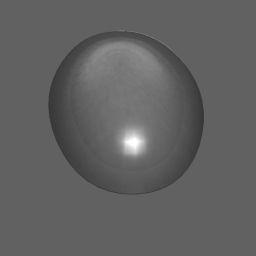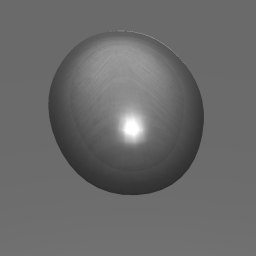|
|
|
|
|
|---|
The ever-changing nature of liquids makes them very difficult to model and animate. This paper addresses the simulation of one aspect of liquids, i.e. droplets running down surfaces. We present a model oriented towards a visually-satisfying simulation and efficiency.The efficiency results from the separation between the shape and the motion of a droplet. The motion accounts for all changes encountered along the path followed over a mesh of triangles. It is affected by various properties modeled as friction, adhesion, roughness, and collisions between droplets. Streaks are also added along the paths.
We characterize the shape of a droplet by a small set of properties, such as volume conservation, surface tension, etc. We model them as constraints to satisfy. The shape model is mainly based on mass-springs. It is simple and efficient, and it guarantees that whatever the values of the unconstrained parameters, all produced shapes satisfy the characteristic properties, and thus, can represent different types of droplets.
Rendered animations of various liquids illustrate the resulting simulation.
@InProceedings(Fournier:1998:SFLD,
A Study of the Static Properties of a Mass-spring network with a Spider-web Topology by Arash Habibi.


